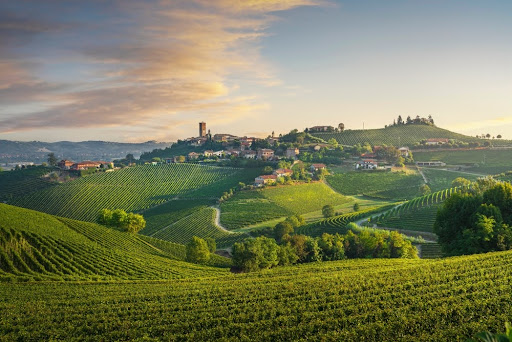Trentino’s new housing incentive targets depopulation and aims to revive abandoned alpine villages.
Trentino Launches €100K Housing Grant
A mountainous region in Italy is making headlines with a bold initiative: offering up to €100,000 to move there. The northern region of Trentino, formally the Autonomous Province of Trento, plans to revitalize its most remote communities by offering substantial financial support to anyone willing to purchase and renovate abandoned homes.
Under the program, qualified applicants will receive €80,000 for renovations and €20,000 toward the property purchase, creating a total grant of €100,000. But there’s a catch: recipients must live in the home or rent it to a long-term tenant for 10 years or risk having to repay the money.
The measure is part of a larger national effort to fight depopulation in rural Italy. The 2024 national budget law allocated €30 million to towns with fewer than 5,000 inhabitants, many of which are on the brink of extinction due to aging populations and economic decline. The €10 million Trentino has set aside for this project will be distributed over the next two years.
“This initiative is aimed at promoting territorial cohesion and revitalizing local communities,” said Maurizio Fugatti, president of Trento, during a recent event.
Who Qualifies—And Who Doesn’t
Applicants must be Italians living abroad or residents of other parts of Italy to be eligible. Local residents under 45 who already live in Trentino are excluded, as the project is intended for new arrivals and specifically targets the renovation of abandoned homes.
The properties in question are in 33 towns slated for inclusion in the program, which the region plans to finalize in April. Picturesque areas such as Val di Non and Val di Sole are expected to feature prominently. Villages like Rabbi and Vermiglio—the latter of which was the setting for the 2024 World War I film “Vermiglio”—are likely to be included.
“The initiative is intended for those municipalities that, according to a statistical analysis, have suffered a significant loss of population in the last decade,” explained Nicola Teofilo of Immobiliare News.
There is no cap on the purchase price, but the €20,000 grant is designed to cover 35–40% of the buying cost. On the renovation side, the maximum eligible investment is capped at €200,000, meaning buyers will likely need to contribute around €120,000 out of pocket.
The program requires a long-term residence or a single long-term tenant to prevent the creation of short-term rental businesses. In addition, each person can only purchase up to three real estate units, ensuring that no one can acquire entire towns or convert properties into commercial ventures.
Reversing Depopulation, Reviving Tradition
Trentino’s approach is in contrast to the “one-euro house” schemes used in other parts of Italy, which often rely on symbolic sale prices to draw attention. Instead, Trentino’s investment-heavy model aims to inject real economic activity into construction and the local supply chain and encourage population growth.
The towns chosen for the plan are often those with aging populations, empty schools, and a lack of basic services like grocery stores or gas stations. In places like Val di Non, depopulation has exceeded 11%, placing these communities at serious risk.
For those seeking an alternative lifestyle, the offer of a house near a ski resort, vineyard, or thermal spring may be appealing. However, potential applicants should also consider the realities of mountain living, including distance from major services and seasonal challenges.
Should the initial response be underwhelming or if there are not enough eligible homes on the market, officials say the list of towns may be adjusted. Still, the region remains hopeful that financial support and natural beauty will be enough to draw newcomers.
“This is not just a housing project,” said Fugatti. “It’s a strategy to preserve cultural identity and foster a sustainable future for our mountain communities.”



